The fourth aircraft arriving in the WW1 Wings of Glory Airplane Packs is the Airco DH.4, a single-engine, two-seater biplane. Fast, versatile, and heavily armed, the Airco DH.4 was the Royal Flying Corps' first purpose-built day bomber, and is considered the best aircraft in this role during the WW1. The aircraft was also used for photo-reconnaissance, long-range fighter sweeps, and antisubmarine patrols. It was produced in large numbers – 6295, of which 4846 were built in the United States.
Designed in 1916 by Geoffrey de Havilland, the D.H.4 was a conventional two-bay biplane, built around a fabric covered spruce and ash framework. It was easily identified by the rectangular fuselage and deep frontal radiator. The pilot’s cockpit was located under the centre section of the upper wing, with the observer/rear gunner’s cockpit behind, and the fuel tank positioned between them. The distance made communication difficult between crew members, especially in combat with enemy fighters. The DH.4 was armed with a single forward-firing synchronized Vickers machine gun, one .303 in (7.7 mm) Lewis, and could carry a bomb load of 460 lb (210 kg) in external racks.
The prototype flew in August 1916, powered by a prototype BHP engine rated at 230 hp (170 kW). Test pilots praised its fine handling qualities, wide speed range, and performance. A second prototype was completed with a 250hp Rolls Royce engine, and most early Airco produced aircraft were powered by either the Rolls Royce Eagle III or Eagle IV, both providing 250hp. The first order for 50 DH.4s, powered by Eagle III engines, was placed at the end of 1916.
The first squadron to receive the Airco DH.4 was the Royal Flying Corp No.55, on 6 March 1917, with the first operation on 6 April 1917. In the battle of Arras, the squadron attacked railway sidings at Valenciennes. During “Bloody April,” when British aircrafts were outclassed by the German fighters, the 55th Squadron didn’t suffer heavy losses, thanks to the superior speed and climb rate of the DH.4, which allowed it escaping from attacks.
In May, two other squadrons, the 18th and 57th, were equipped with the D.H.4 and in June, so was the 25th Squadron. In the summer of 1917, the 375hp Rolls Royce Eagle VIII engine seemed to be suitable for the DH.4 and by 1918 most D.H.4s in British service used this engine, which gave the aircraft a top speed of 143mph. In late 1917, six RFC squadrons were operating the D.H.4, and in Spring 1918, nine squadrons was using the aircraft.
The Royal Naval Air Service (RNAS) acquired the DH.4 about the same time as the RFC. Ninety aircraft were built by Westland to Admiralty specifications, differing from the standard D.H.4 in having two forward firing Vickers guns and a higher mounting for the rear Scarff ring.
The first aircraft were assigned to No.2 (Naval) Squadron in March-April 1917, a reconnaissance squadron operating in support of naval monitors bombarding German coastal positions. In late April, No.5 (Naval) Squadron received its D.H.4s at Coudekerque, operating as a conventional day bomber squadron, attacking German naval targets and air fields in Belgium. The RNAS squadrons equipped with the DH.4 operated in Belgium and from British Coastal Air Stations, and also in Aegean and Italy, over the Balkans.
A total of 1,449 DH.4s were made in the UK for the RFC and RNAS by Airco and six main sub-contractors. The aircraft was also produced in very large numbers in the United States, where it was powered by the 400hp Liberty 12 engine. A total of 9,500 DH-4s were ordered from American manufacturers, of which 1,885 actually reached France during the war to equip the American Expeditionary Force (AEF).
The first American built DH-4 arrived in France in May 1918. It was fitted with two .30 in (7.62 mm) Marlin machine guns in the nose and two .30 in (7.62 mm) Lewis guns in the rear. It could carry 322 lb (146 kg) of bombs. The heavier Liberty engine reduced performance compared with the Rolls-Royce powered version, but it became the US Army Air Service standard general purpose two-seater. Over 12,000 DH-4s were ordered by the Air Service, but a number of problems delayed the early production due to the many changes involved in converting the design to American production standards, along with the use of the American Liberty 12-cylinder engine rather than the Rolls Royce engine. The quantity and quality improved considerably during 1918, and by the end of the war, 4846 units had been delivered, and the remaining 7,500 DH-4s still on order were cancelled.

DH.4 planes of the 135th Aero Squadron line up on Aug. 7 for the first mission flown over the Front. (U.S. Air Force photo)
The 135th Aero Squadron flew the first combat mission with the aircraft in early August. The US Army Air Service utilized DH-4s for bombing, reconnaissance, and spotting for artillery, in five units - the 11th, 20th, 22nd, 50th, and 135th squadrons. The Navy and Marine Corps also operated them. Four Medal of Honor were awarded to DH-4 aircrew.
By late Spring 1918, DH.4s in service with the RFC started to decline, mainly due to a shortage of engines. Production switched to the DH.9, which turned out to be disappointing, being inferior to the DH.4 in most respects. After the Armistice, the RAF formed No. 2 Communication Squadron, equipped with DH.4s modified with an enclosed cabin for two passengers, to carry important passengers to and from the Paris Peace Conference.
A small number of British D.H.4s were distributed as Imperial Gifts, with Canada receiving twelve, New Zealand two, and South Africa and Australia both getting small amounts. The D.H.4 was also used by Belgium, Chile, Greece, Iran, and Spain in small numbers, with some remaining in service until the early 1930s.
America had a large surplus of DH-4s when World War I ended, and this aircraft formed a major part of American air strength for several years. It was used for many roles, with as many as 60 variants produced - transport, air ambulance, photographic plane, trainer, target tug, forest fire patroller, and even as an air racer. The U.S. Post Office operated the DH-4 as a mail carrier. There were a number of notable DH-4 flights such as the astounding New York to Nome, Alaska, flight in 1920, the record-breaking transcontinental flight in 1922 by Jimmy Doolittle, and the first successful air-to-air refueling in 1923. It remained in service until 1932.
Information sources: The Aerodrome, Military Factory, History of War, National Museum of the US Air Force, Wikipedia.

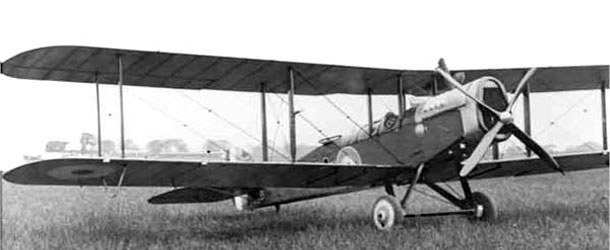
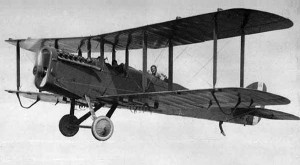
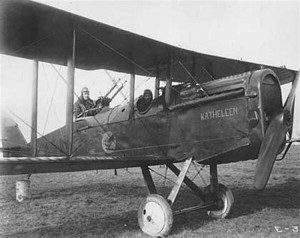
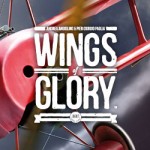


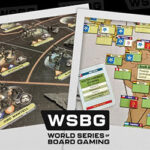
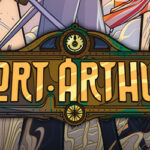


Follow Us on